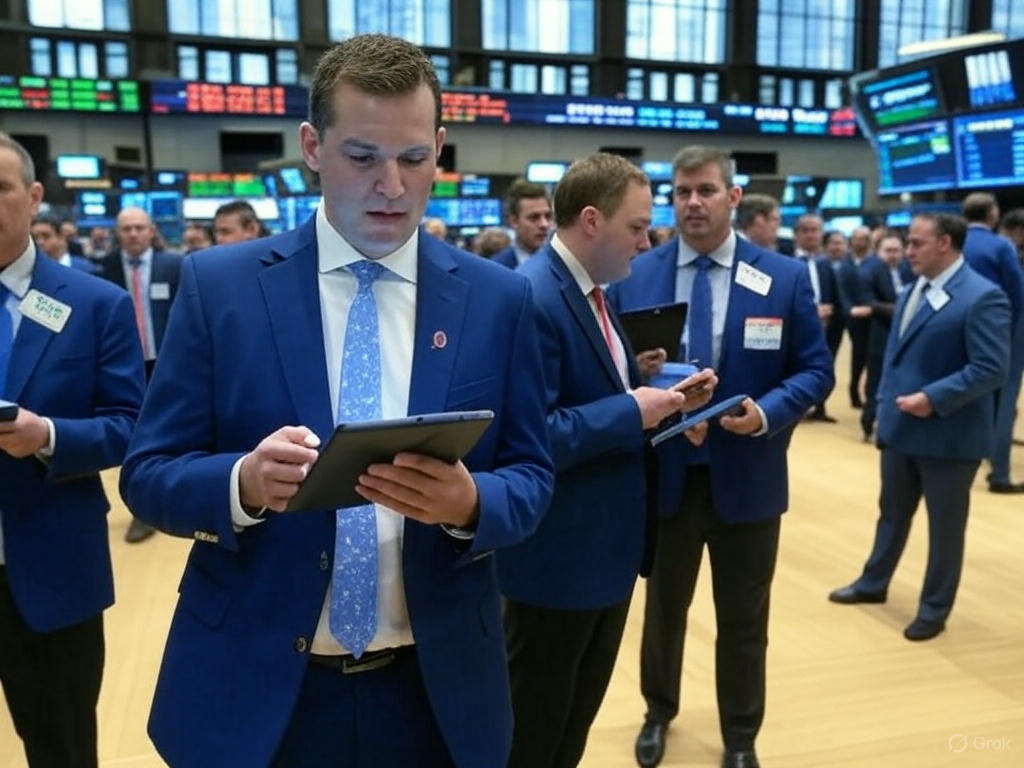President Trump’s announcement of a 10% universal tariff on U.S. imports, unveiled yesterday, marks a seismic shift in trade policy—one poised to ripple through markets and reshape sector dynamics. Coupled with additional reciprocal tariffs targeting major trading partners, this move has already sparked sharp reactions and raised critical questions about the future of global trade.

Trump’s announcement of a 10% universal tariff on U.S. imports plus additional reciprocal tariffs against major trading partners has already triggered significant market reactions.
Markets React: Winners, Losers, and Uncertainty
The tariff news hit Wall Street hard, with immediate fallout across key sectors:
- Tech Takes a Hit: The “Magnificent 7” tech stocks stumbled in aftermarket trading. Apple led the declines, dropping 6.7%, followed closely by Tesla at 6%. Other heavyweights like Amazon, Microsoft, and Nvidia saw losses ranging from 2.5% to 5.5%.
- Supply Chain Jitters: Apple faces unique pressure, with its intricate supply chain spanning China, Taiwan, Japan, and South Korea—regions now squarely in the tariff crosshairs.
- Exempted Bright Spots: Not all sectors are bracing for pain. Copper, pharmaceuticals, lumber, gold, energy, and select critical minerals dodged the tariff bullet, potentially positioning them as safe havens amid the storm.
What’s Next?
The 10% universal tariff, combined with reciprocal measures, signals a bold return to protectionism. Markets are still digesting the implications—expect volatility as investors weigh supply chain disruptions against potential domestic gains. For tech giants, the road ahead looks bumpy, while exempted industries may find room to breathe.
Stay tuned as we track how this tariff regime unfolds and what it means for your portfolio.




